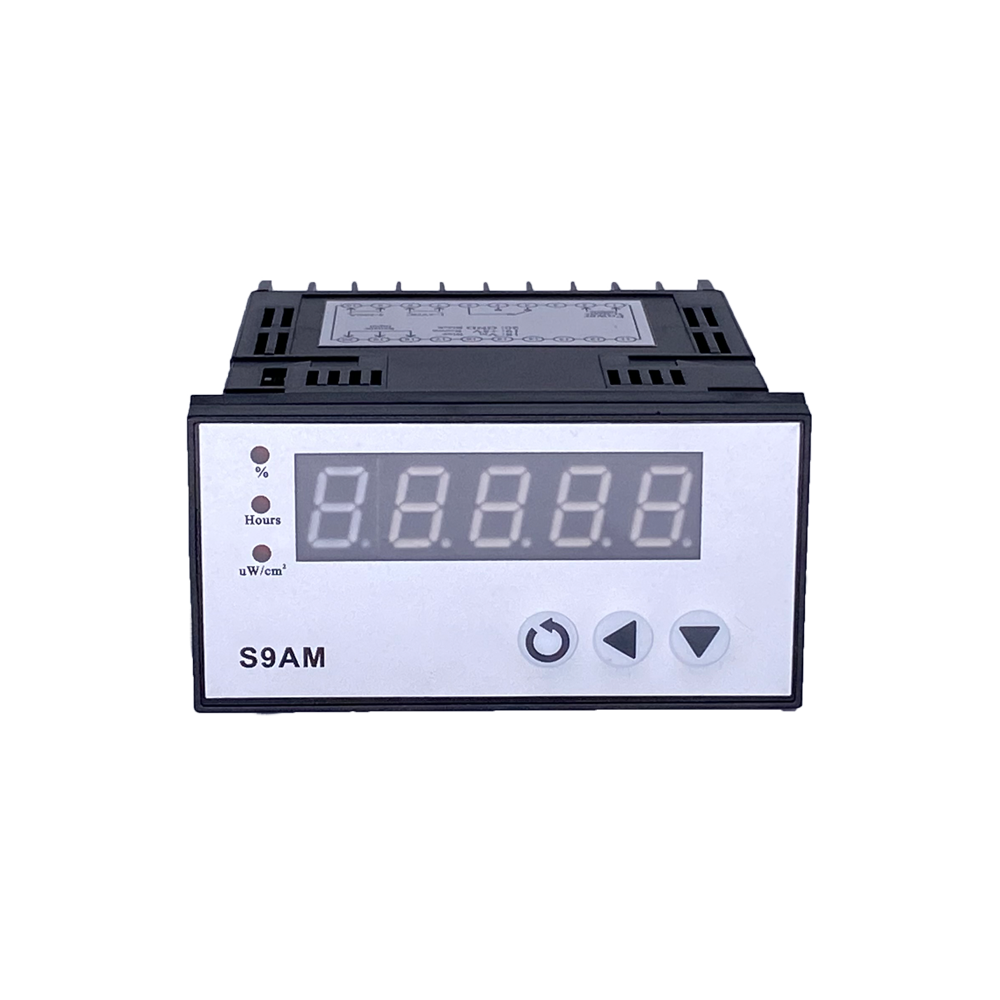What are UVC (Ultraviolet-C) relative intensity value % and UVC absolute intensity value mw/cm²

UVC (Ultraviolet-C) relative intensity value % and UVC absolute intensity value mw/cm² are metrics used to measure the strength or power of UVC radiation, a type of ultraviolet light with a wavelength range of approximately 200 to 280 nanometers. UVC radiation is often used for germicidal purposes, as it can effectively kill or inactivate microorganisms, including bacteria and viruses.
UVC Relative Intensity Value %:
The UVC relative intensity value % represents the percentage of UVC radiation emitted by a source relative to a reference source or a standard. This metric compares the output of different UVC devices, such as UVC lamps or UVC LEDs, to determine their relative effectiveness in germicidal applications. The higher the percentage, the more intense the UVC radiation emitted by the source. It helps in assessing the strength of the UVC source compared to a known benchmark.
UVC Absolute Intensity Value mw/cm² (milliwatts per square centimeter):
The UVC absolute intensity value mw/cm² represents the actual power or energy of UVC radiation that is delivered to a surface per unit area (usually per square centimeter). It measures the intensity of UVC radiation at a specific distance from the source and indicates how much germicidal power is available for disinfection. It is a more concrete and precise measurement of UVC irradiance.
In practice, to calculate the UVC absolute intensity value in milliwatts per square centimeter, you would typically need a UVC radiometer or a UVC sensor. These devices can measure the UVC irradiance at a given distance from the source and provide a value in mw/cm². This value is important for determining the effectiveness of UVC radiation in disinfection and sterilization applications, as it helps ensure that the desired dosage of UVC is delivered to the target surface to achieve the intended germicidal effect.
In summary, the UVC relative intensity value % is a comparative measure, while the UVC absolute intensity value mw/cm² is a specific measurement of UVC radiation power at a particular distance from the source. Both metrics are important in assessing and using UVC technology for germicidal purposes.
The UVC relative intensity value % and UVC absolute intensity value mw/cm² serve different purposes and provide different types of information, so the choice of which value to use depends on your specific needs and goals. Here’s a summary of the key differences and when to use each value:
UVC Relative Intensity Value %:
Comparative Measure: This value represents the percentage of UVC radiation emitted by a source relative to a reference source or a standard. It’s a relative measure used for comparing different UVC sources.
Use Cases: UVC relative intensity % is useful when you want to assess how one UVC source compares to another in terms of output strength. It’s helpful for benchmarking and determining the relative power of different UVC devices.
UVC Absolute Intensity Value mw/cm²:
Specific Measurement: This value represents the actual power or energy of UVC radiation delivered to a surface per unit area (typically per square centimeter). It provides a precise measurement of UVC irradiance at a specific distance from the source.
Use Cases: UVC absolute intensity in mw/cm² is essential when you need to know the exact power of UVC radiation at a particular location. It’s critical to ensure that the required UVC dosage is delivered for effective germicidal applications. For example, in disinfection or sterilization, it’s important to know the actual UVC intensity reaching a surface to achieve the desired level of microbial inactivation.
In practice, the choice between these values depends on your objectives:
If you want to compare different UVC sources or evaluate their relative strengths, use UVC relative intensity value %.
If you need to determine the actual UVC intensity at a specific location to ensure effective disinfection or sterilization, use the UVC absolute intensity value mw/cm².
For many practical applications, such as disinfecting surfaces in healthcare settings or water treatment systems, the UVC absolute intensity value mw/cm² is more critical, as it ensures that the appropriate germicidal dosage is delivered. However, the UVC relative intensity value % can still be useful for manufacturers or researchers when comparing and benchmarking different UVC devices or technologies.

Leave A Comment